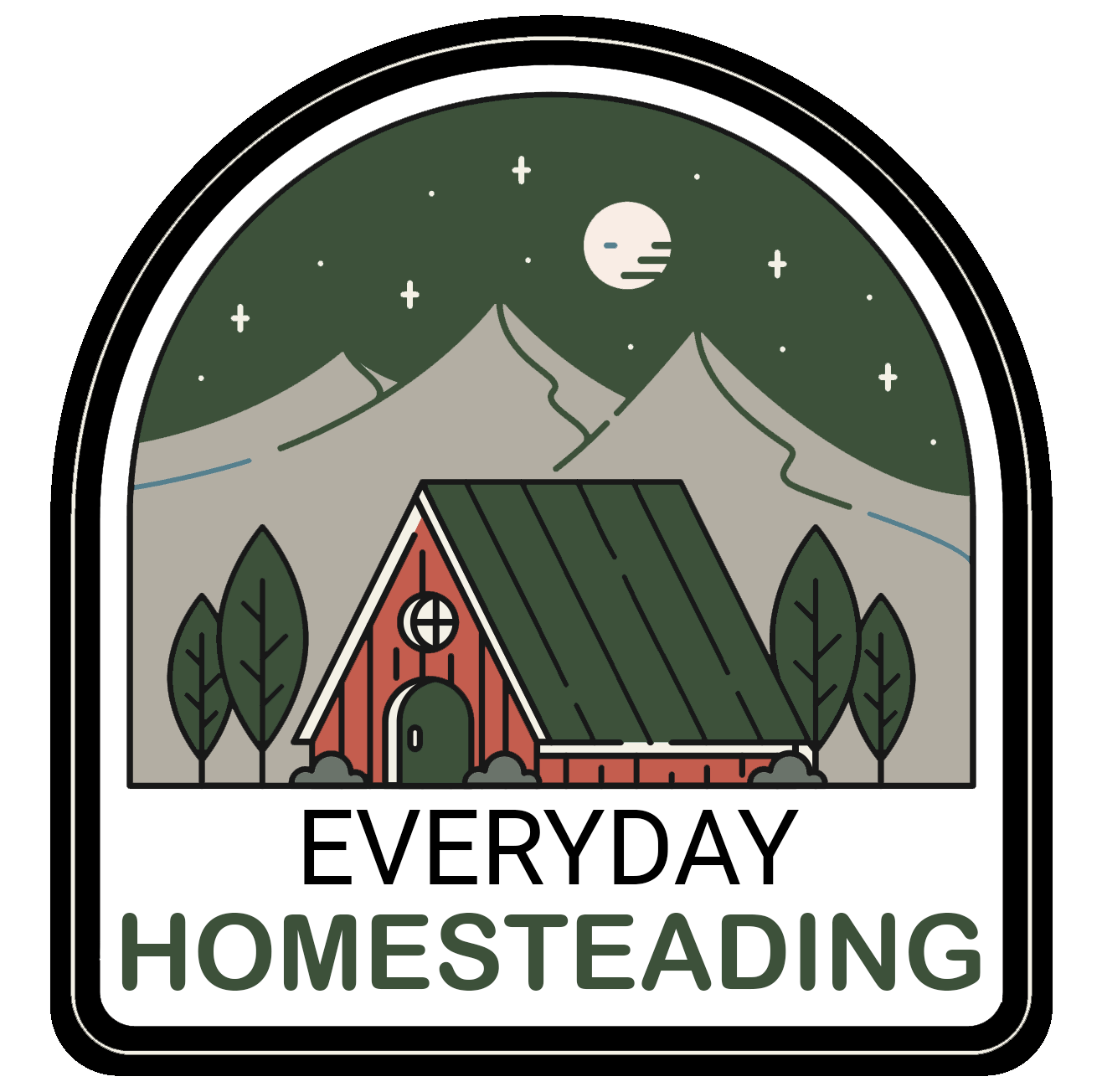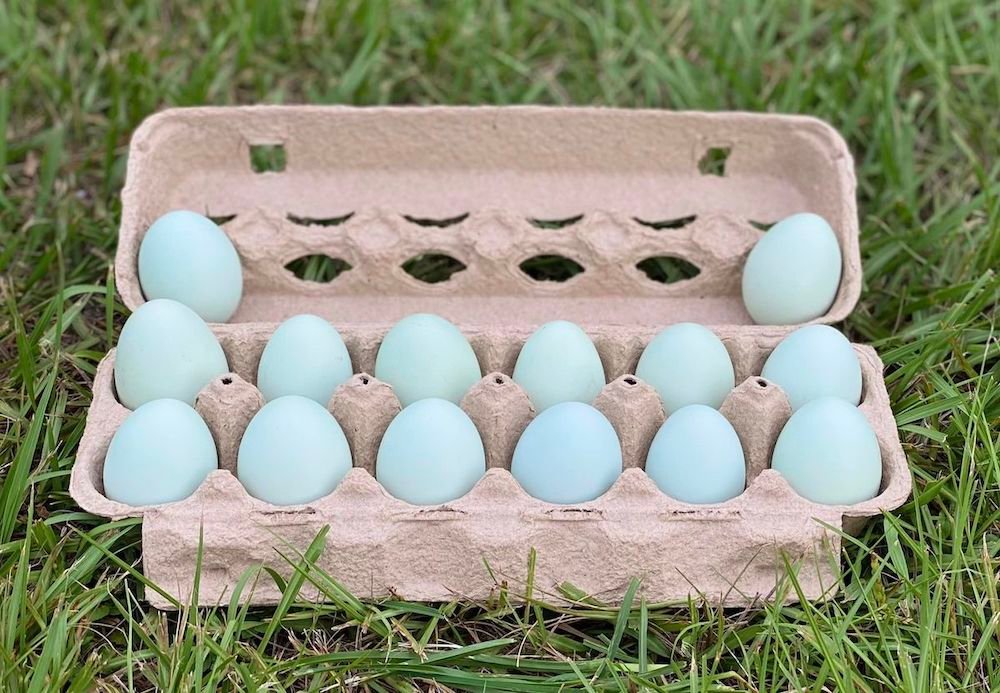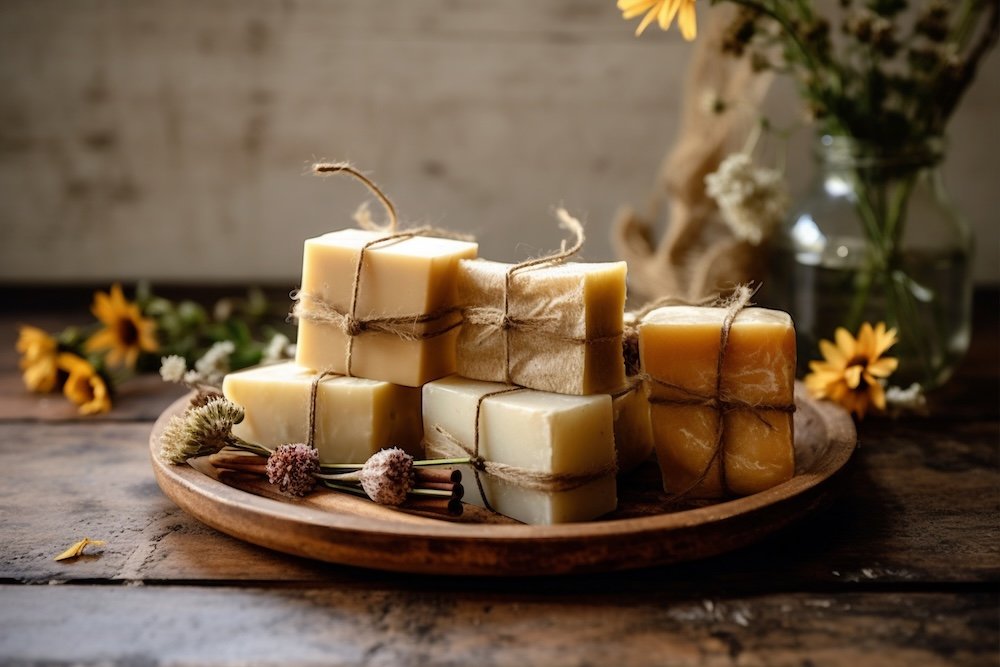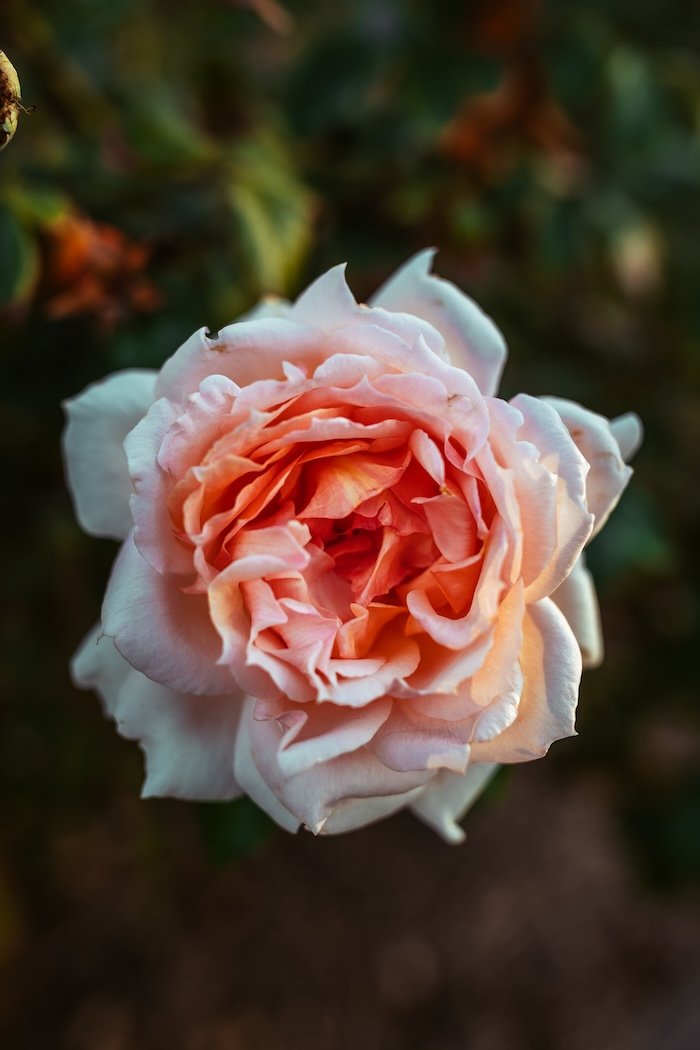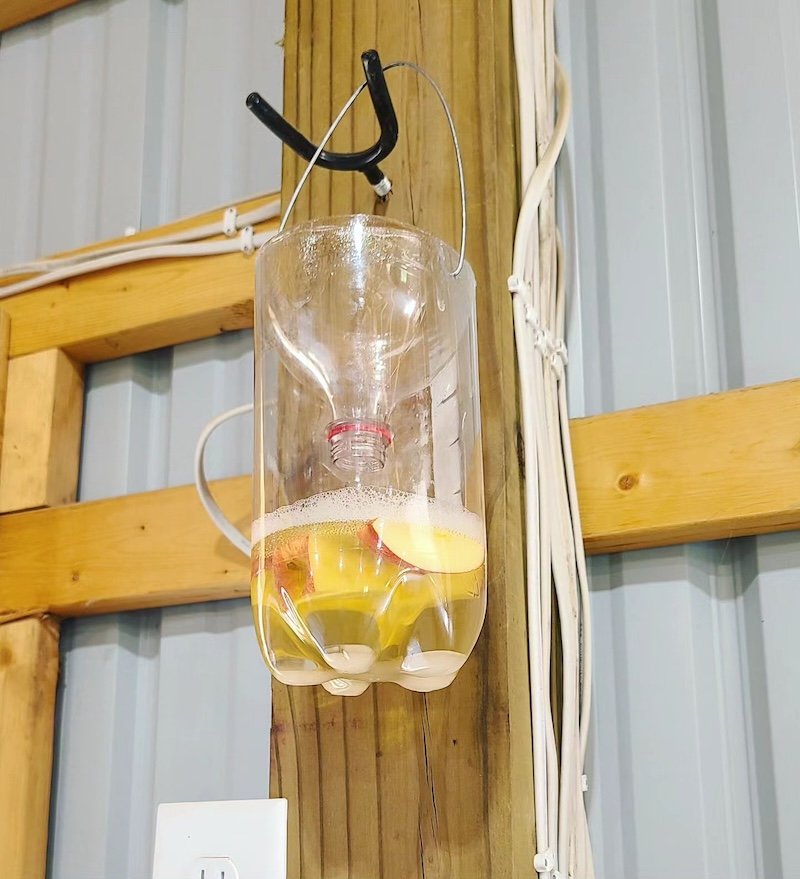Unlocking the Secrets of Beech Nuts: A Forager’s Guide
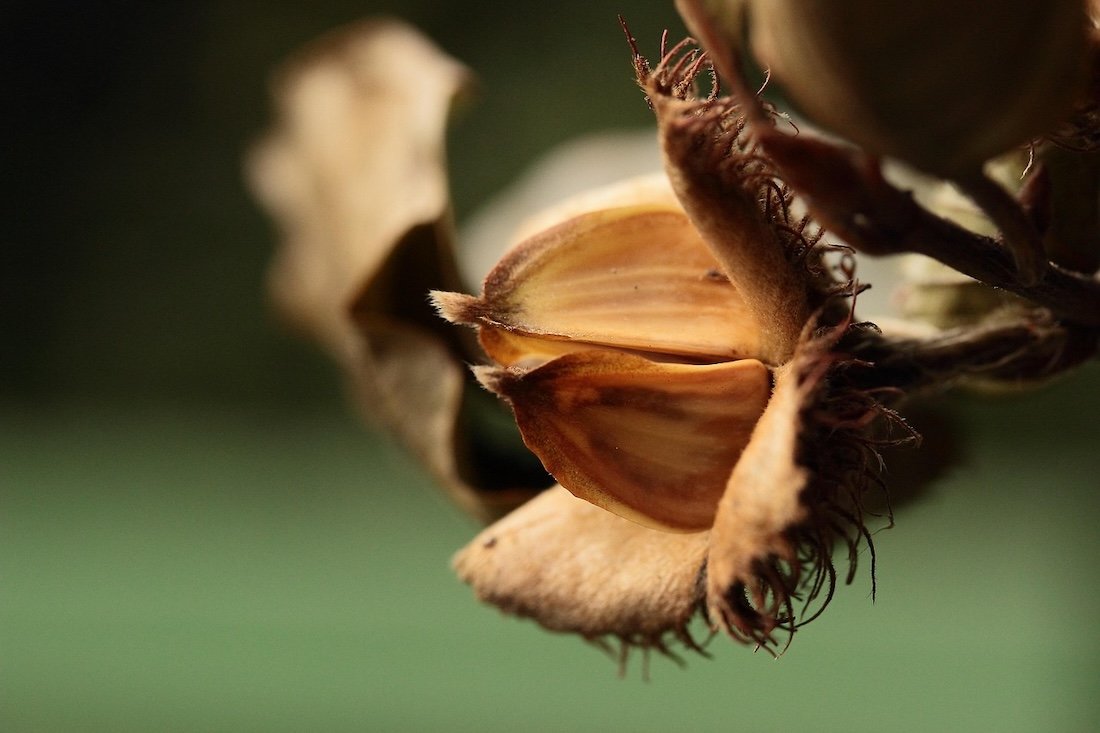
Have you ever thought about finding your own food out in nature? It’s a pretty cool idea, right? Well, one of the neatest things you can find are beech nuts. These little guys are not only tasty, but they’re also packed with good stuff. We’re going to tell you all about how to find them, pick them, and even cook them up. Get ready to learn everything about beech nuts!
Key Takeaways
- Finding beech nuts means knowing where to look and what tree to spot.
- Timing is everything for a good beech nut harvest; pay attention to the season.
- Gathering beech nuts is simple, but being nice to nature is important.
- Cleaning and storing your beech nuts properly makes them last longer.
- Beech nuts are a healthy snack and can be used in lots of recipes.
Spotting Those Elusive Beech Nuts
Where to Hunt for Beech Nuts
Okay, so you’re ready to find some beech nuts! The first step is knowing where to look. We’ve found that American beech trees produce small, triangular nuts often thrive in eastern North America, particularly in mature forests. Look for them in areas with well-drained soil and a mix of hardwood trees like maples and oaks. Forest edges and clearings can also be productive spots, as these areas often receive more sunlight, which helps with nut production. Don’t be afraid to explore different areas; sometimes, the best spots are a little off the beaten path.
Identifying the Beech Tree
Before you start gathering, it’s super important to correctly identify the beech tree. Beech trees have smooth, gray bark that looks almost like elephant skin. This is a key characteristic that sets them apart from other trees. Their leaves are oval-shaped with toothed edges, turning a beautiful copper color in the fall. During the growing season, the leaves are a vibrant green. Keep an eye out for the tree’s distinctive long, pointed buds, which are much longer than those of other trees. If you’re unsure, a good field guide can be a lifesaver.
What to Look For on the Ground
Once you’ve found a beech tree, start scanning the ground. Beech nuts are small, triangular, and encased in a prickly husk. These husks usually contain two nuts.
Look for areas where the husks have already fallen, indicating that the nuts are ripe. Sometimes, squirrels and other critters will help you out by dropping nuts as they forage. Be aware that not all nuts will be good; some may be empty or damaged. It’s all part of the foraging experience!
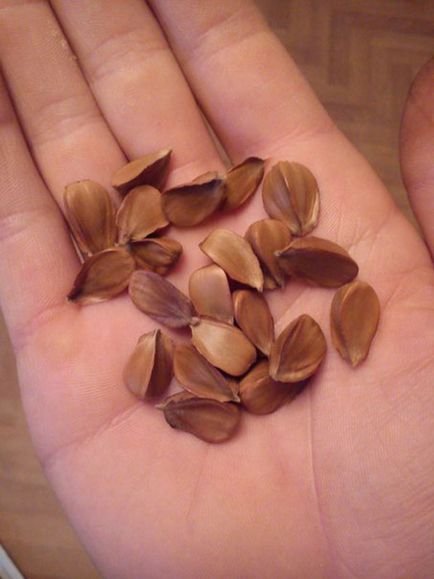
The Best Time to Gather Your Bounty
Understanding Beech Nut Season
Okay, so you’re ready to get out there and find some beech nuts! But when exactly should you go? Beech nut season isn’t an exact date on the calendar; it’s more of a window. Generally, we’re looking at autumn, specifically late September through October. The timing really depends on your location and the weather that year. A warm fall might delay things, while an early frost could speed up the process. Keep an eye on the trees and the weather reports!
Signs of Peak Ripeness
How do we know when the beech nuts are at their prime? Here’s what we look for:
- The color of the husks: They should be a rich, golden-brown and starting to split open.
- Nuts on the ground: This is a big one! If you see a good number of nuts already fallen, it’s a sign that more are ready to come down.
- The taste test: If you can reach some nuts still on the tree, crack one open and give it a try. It should have a slightly sweet, nutty flavor. If it’s bitter, it’s not quite ready.
Remember, not all beech trees produce nuts every year. Some trees have ‘mast years’ where they produce a huge amount, followed by years with very few. So, if one tree isn’t producing, don’t give up! Try another one nearby.
Weather’s Role in a Good Harvest
Weather plays a huge role in whether we have a good beech nut harvest. A late frost in the spring can damage the flowers, which means fewer nuts in the fall. Strong winds during the growing season can also knock nuts off the trees before they’re ripe. Ideally, we want a mild spring, a warm summer, and a relatively calm autumn. Keep an eye on the weather patterns leading up to aphid spray season. A dry autumn is also preferable, as wet conditions can cause the nuts to mold on the ground.
Harvesting Beech Nuts Like a Pro
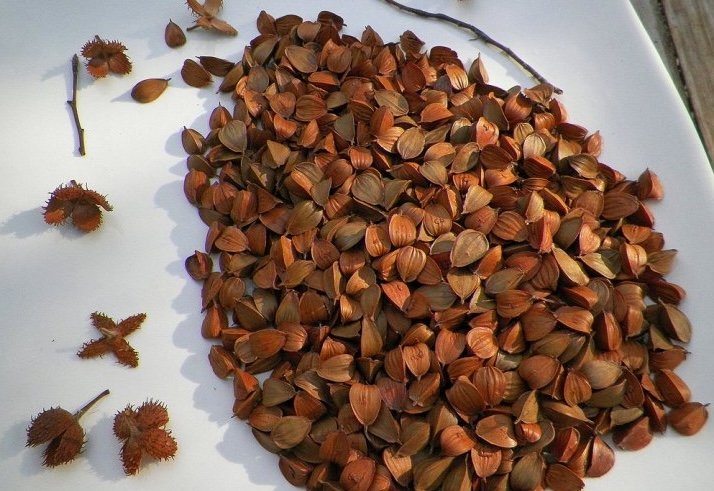
Simple Collection Techniques
Okay, so you’ve found your beech tree and the nuts look ripe. Now what? The easiest way to gather beech nuts is simply to pick them up off the ground. Look for areas where the spiky husks have already opened, releasing the nuts. We usually bring a small bucket or bag to collect them in. It’s a good idea to wear gloves, as the husks can be a bit prickly. Another technique is to gently shake the branches. Avoid excessive shaking that could damage the tree or disturb wildlife. We’ve found that a light shake will dislodge the ripest nuts, making them easier to collect.
Tools for Efficient Gathering
While you can definitely gather beech nuts with just your hands and a container, a few tools can make the process more efficient. Here’s what we like to use:
- Tarp: Spreading a tarp under the tree makes it easier to spot and collect fallen nuts.
- Nut Wizard: This rolling collector is designed to pick up nuts without you having to bend over. It’s a real back-saver!
- Gloves: Protect your hands from the prickly husks and any dirt or debris.
- Small Rake: A small garden rake can help you gather nuts from under leaves and other ground cover.
Remember, the goal is to make gathering easier, not to turn it into a major chore. Choose the tools that work best for you and the specific conditions of your foraging spot.
Respecting Nature While Foraging
Foraging is a privilege, and it’s important to do it responsibly. We always follow these guidelines to minimize our impact on the environment:
- Only take what you need: Leave plenty of nuts for wildlife and for the tree to regenerate.
- Avoid damaging the tree: Don’t break branches or strip bark.
- Stay on established trails: Avoid trampling vegetation or disturbing sensitive areas.
- Pack out everything you pack in: Leave no trace of your visit.
- Be mindful of wildlife: Give animals plenty of space and avoid disturbing their habitat.
By following these simple guidelines, we can ensure that beech nuts remain a sustainable food source for years to come.
Prepping Your Beech Nuts for Enjoyment
Cleaning Your Fresh Haul
Okay, so you’ve got your beech nuts. Now what? First things first: cleaning! We like to give them a good rinse in a colander to get rid of any dirt, leaves, or little critters that might have hitched a ride. Don’t skip this step; you don’t want to be eating forest floor! Spread them out on a towel to dry completely before moving on. This helps prevent mold and keeps them fresh for longer. It’s a simple step, but it makes a big difference in the final product. Think of it as giving your foraged treasure a spa day before the real fun begins.
Shelling Made Easy
Shelling beech nuts can be a bit tedious, but don’t let that discourage you. These little guys are worth the effort! We’ve found a few methods that work well.
- Nutcracker: A standard nutcracker works, but be gentle. Beech nuts are small and can easily get crushed.
- Hammer Time: Place the nuts on a hard surface and lightly tap them with a hammer. Again, finesse is key!
- Pliers: Pliers can give you more control, especially for stubborn shells.
No matter which method you choose, be careful not to smash the nutmeat inside. A little patience goes a long way. Once shelled, inspect the nutmeats and discard any that look moldy or discolored.
Storing Your Beech Nut Stash
Proper storage is essential to keep your beech nuts fresh and delicious. We recommend storing them in an airtight container in the refrigerator. This will help prevent them from drying out or going rancid. For longer storage, you can freeze them. Spread the shelled nuts out on a baking sheet and freeze them individually before transferring them to a freezer bag. This prevents them from clumping together. Properly stored, beech nuts can last for several months. Think of it as beech nut preservation – ensuring you can enjoy your harvest long after the season ends.
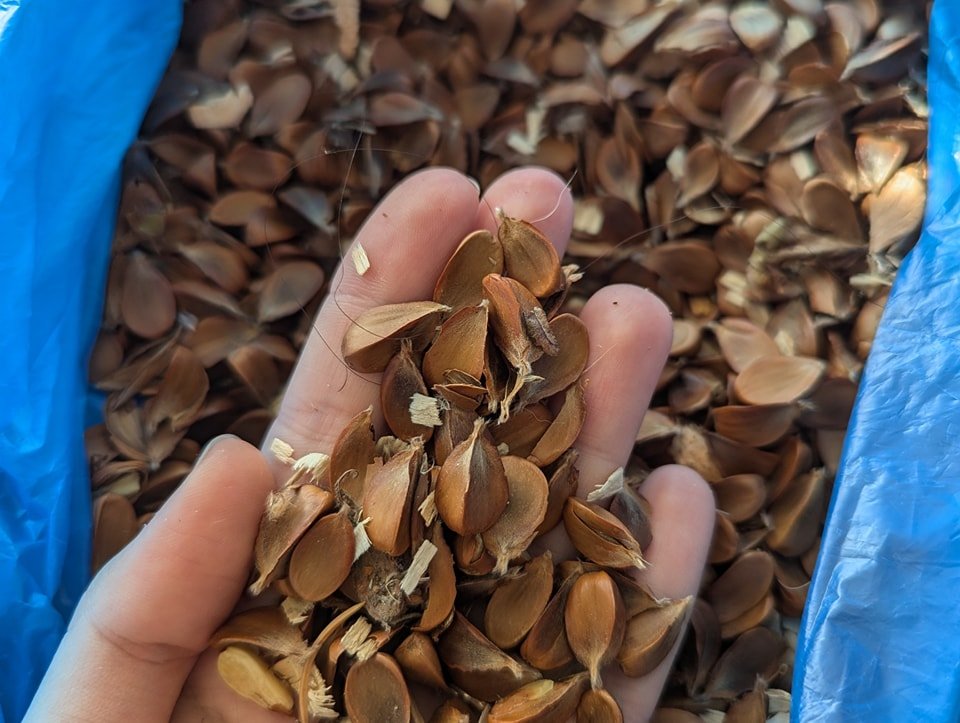
Delicious Ways to Use Beech Nuts
Roasting for a Tasty Snack
Roasting beech nuts is probably the easiest and most popular way to enjoy them. The roasting process brings out their naturally sweet and nutty flavor. We like to preheat our oven to around 350°F (175°C). Spread the shelled beech nuts in a single layer on a baking sheet. Roast them for about 10-15 minutes, keeping a close eye to prevent burning. You’ll know they’re ready when they turn a light golden brown and smell wonderfully nutty. Let them cool slightly before devouring! Roasting is a great way to prepare them for other uses too.
Baking with Beech Nuts
Beech nuts can add a unique twist to your favorite baked goods. We’ve experimented with grinding them into a flour to use in muffins, breads, and cookies. The flavor is subtle, but it adds a certain je ne sais quoi that elevates the final product. You can also chop them coarsely and add them to granola or trail mix for a bit of crunch and nutty goodness. Here are some ideas:
- Beech nut muffins
- Beech nut shortbread cookies
- Beech nut granola bars
Baking with beech nuts requires a bit of experimentation. Their oil content can affect the texture of your baked goods, so you might need to adjust your recipes accordingly. Start by substituting a small portion of your regular flour with beech nut flour and see how it goes.
Savory Dishes Featuring Beech Nuts
Don’t limit beech nuts to just sweet treats! They can also be a fantastic addition to savory dishes. We’ve found that they pair well with mushrooms, root vegetables, and game meats. Try adding them to a wild rice pilaf, or use them as a topping for a creamy soup. They can also be ground into a paste and used as a base for a flavorful pesto. Consider these options:
- Beech nut and mushroom risotto
- Beech nut crusted chicken or fish
- Beech nut pesto with pasta
We’ve even seen them used in traditional European recipes, adding a touch of forest flavor to hearty meals. If you’re looking for a unique ingredient to Beech-Nut® creates baby foods with simple ingredients, beech nuts are definitely worth exploring.
Safety First: Foraging Responsibly
Foraging for beech nuts can be a rewarding experience, but it’s super important to prioritize safety and respect for the environment. We need to be mindful of the potential risks and legal considerations involved. Let’s make sure our foraging adventures are safe and sustainable for everyone.
Knowing Your Local Laws
Before we even think about heading out, it’s our responsibility to understand the local regulations regarding foraging. Many areas have specific rules about what you can and can’t collect, especially in protected areas like national parks or nature reserves. Ignorance isn’t an excuse! Check with your local authorities or land management agencies to avoid any legal trouble. Remember, foraging regulations are there for a reason – to protect our natural resources.
Avoiding Look-Alikes
Misidentification is a major hazard when foraging. Beech nuts themselves are fairly distinctive, but it’s still crucial to be 100% certain of what you’re collecting. Some nuts or seeds can be toxic, and consuming them could lead to serious health problems. If you have any doubt at all, leave it alone! It’s always better to be safe than sorry. Here’s a quick checklist:
- Double-check your identification using multiple sources.
- Compare the nuts to reliable photos and descriptions.
- If possible, consult with an experienced forager.
When in doubt, throw it out. It’s a simple rule, but it can save you a lot of grief. Never consume anything you’re not absolutely sure about.
Foraging with a Knowledgeable Friend
One of the best ways to learn safe foraging practices is to go with someone who already knows what they’re doing. An experienced forager can teach you how to identify plants correctly, avoid hazards, and forage responsibly. Think of it as an investment in your safety and enjoyment. Plus, it’s always more fun to share the experience with a friend! Consider joining a local foraging group or taking a class to learn from the experts.
The Nutritional Punch of Beech Nuts
Vitamins and Minerals Galore
Beech nuts might be small, but they pack a nutritional punch! We’ve found that these little nuts are a good source of essential vitamins and minerals. They contain vitamins like vitamin E, which acts as an antioxidant, and minerals such as magnesium and phosphorus, important for bone health and energy production. It’s pretty cool how much goodness is concentrated in something so tiny. We’ve started adding them to our diet for a little boost. You can find similar benefits in natural fertilizers for your garden, promoting healthy growth from the ground up.
Healthy Fats and Protein
Beyond vitamins and minerals, beech nuts offer a decent amount of healthy fats and protein. These fats are primarily unsaturated, which are beneficial for heart health. Protein is essential for building and repairing tissues, making beech nuts a satisfying and nutritious snack. We like to think of them as nature’s little energy bites. Here’s a quick look at the typical nutritional breakdown per 100g:
- Fat: ~50g
- Protein: ~20g
- Carbohydrates: ~25g
It’s important to remember that while beech nuts are nutritious, they are also calorie-dense. Moderation is key to enjoying their benefits without overdoing it.
Why Beech Nuts Are a Superfood
Okay, maybe calling them a superfood is a bit much, but beech nuts definitely have some impressive qualities. They offer a combination of nutrients that can contribute to a healthy diet. Plus, foraging for them gets us outdoors and connected with nature. We think that’s a super bonus! Here are a few reasons why we consider them a worthwhile addition to our foraging adventures:
- Good source of antioxidants
- Provides healthy fats and protein
- Offers essential vitamins and minerals
- Supports sustainable foraging practices
Conclusion
So, there you have it. Beech nuts are pretty cool, right? We’ve gone over how to find them, what to look for, and even some ways to use them. It’s not just about getting free food, though that’s a nice bonus. It’s about getting outside, connecting with nature, and learning something new. Plus, there’s a real satisfaction that comes from gathering your own food. Just remember to be safe, be respectful of the trees, and only take what you need. Happy foraging, everyone!
Frequently Asked Questions
When is the best time for us to find beech nuts?
Beech nuts usually drop from the trees in the fall, typically from late September through October. We look for them after a good frost or a windy day, as this helps them fall to the ground.
Where can we typically find beech trees?
We can find beech trees in many places, like forests, parks, and even in some backyards. They like well-drained soil and often grow near other trees. Keep an eye out for their smooth, gray bark and pointy leaf buds.
How do we know if the beech nuts are ready to pick?
To know if beech nuts are ready, we check if their spiky husks have opened up. When they’re ripe, the husks split into four parts, showing the shiny, triangular nuts inside. We also look for nuts that have already fallen to the ground.
What’s the easiest way for us to collect beech nuts?
We usually just pick them up from the ground! Sometimes, we gently shake smaller branches if the nuts are almost ready to fall. A tarp or old sheet spread under the tree can make collecting them much easier.
How do we clean and shell the beech nuts we find?
We clean them by removing any bits of husk or leaves. For shelling, we find cracking them with a nutcracker or even carefully with our teeth works. Some people soak them briefly to make the shells softer, but we usually don’t bother.
What are some yummy ways we can use our beech nuts?
We love roasting them for a quick snack! They’re also great in baked goods like muffins or bread, or even sprinkled on salads for a crunchy topping. Some folks even press them for their oil, but we haven’t tried that yet.



